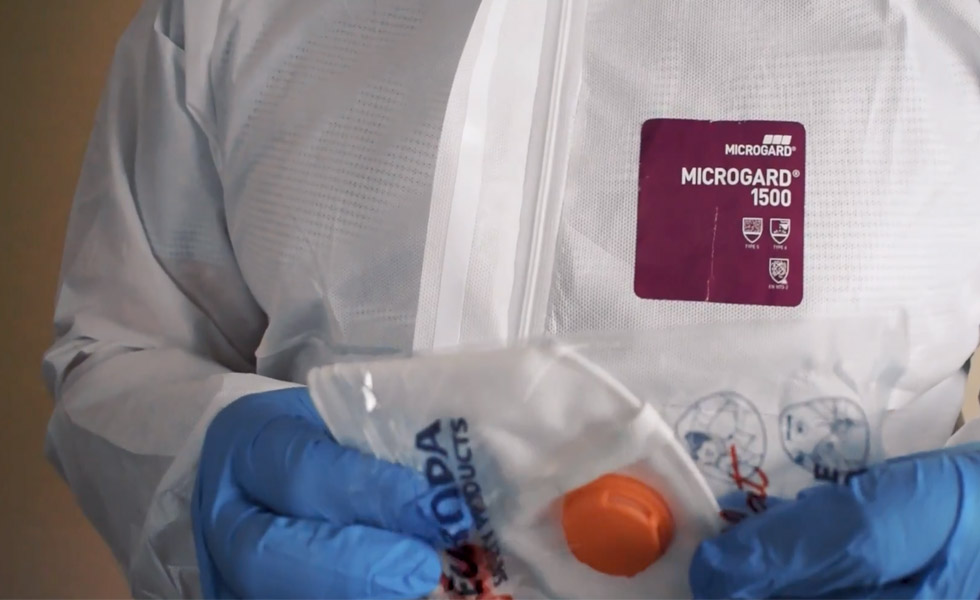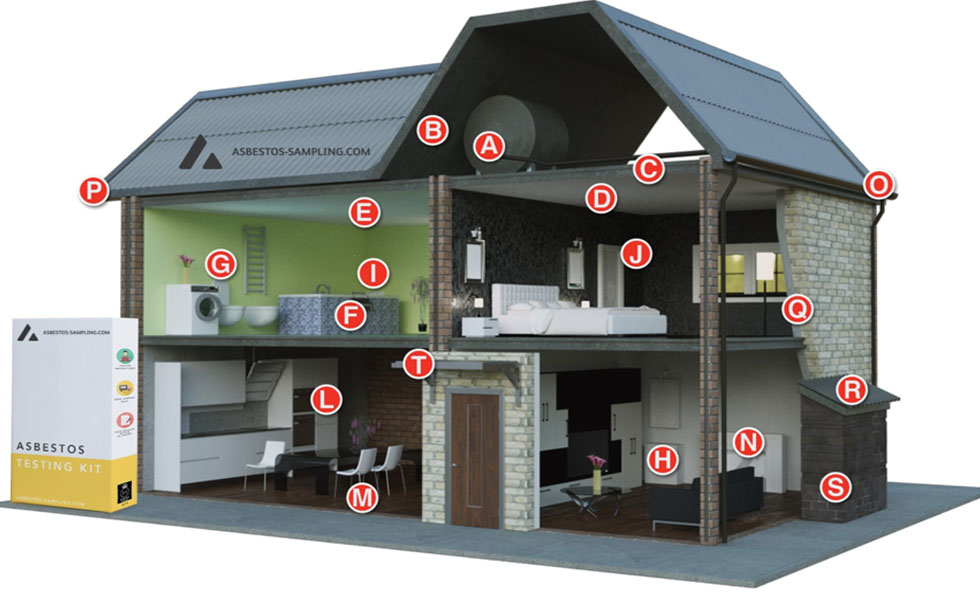How To Test For Asbestos In Your Home
Testing for asbestos before carrying out renovation works is very important, as you could end up disturbing certain construction materials and release asbestos into the home

CONTENT SUPPLIED BY ASBESTOS SAMPLING
Asbestos was used in many construction materials between 1930-1990. It was used so heavily due to its plethora of properties making it durable and resistant to heat, electricity and corrosion, that it was perfect for insulation.
One key property of asbestos which was unknown until its ban in 1999 was that it is also a nasty carcinogenic material. When inhaled, asbestos fibres cannot be broken down by the body, and over many years these fibres cause chronic inflammation, scar tissue and eventually can develop into an incurable cancer (mesothelioma), lung cancer, asbestosis or plural thickening.
While asbestos can be a dangerous material, it only poses a risk to health when disturbed or during deterioration. If the asbestos product is in good condition and not disturbed then there is no need to worry.
The risk comes when asbestos is unknowingly disturbed by homeowners or tradesmen. It is very difficult to identify asbestos with the naked eye, so it’s very easy for homeowners to mistake, for example, an asbestos insulation board for harmless plasterboard. This is why testing for asbestos before carrying out renovation works is very important.
Where Can Asbestos be Found in the Home?
These are some common places asbestos can be found:

INSIDE:
A – Asbestos cement water tank
B – Pipe Lagging
C – Loose fill insulation
D – Textured decorative coating (Artex)
E – AIB ceiling tiles
F – AIB bath panels
G – Toilet seat and cistern
H – AIB Fuse box
I – AIB airing cupboard and/or sprayed insulation coating boiler
J – AIB partition wall
K – AIB interior window panel
L – AIB around boiler
M – Vinyl floor tiles
N – AIB behind fire
OUTSIDE:
O – Gutters and asbestos downpipes
P – Soffits – AIB or asbestos cement
Q – AIB exterior window panel
R – Asbestos cement roof
S – Asbestos cement panels
T - Roofing felt
Precautions Before Renovations
There are a number of retailers of asbestos sampling kits allowing homeowners and tradesmen to quickly and easily take a small sample of the product in question and send it off for testing, with results within 24 hours. These kits tend to cost around £40 (for a reputable brand).
Drilling into an asbestos insulation board would release thousands if not millions of tiny asbestos fibres (you can fit 20,000 fibres on the head of a pin).
These fibres can easily be inhaled and will contaminate everything around it. Not only is this very dangerous to health, it’s also a very expensive mistake to rectify (It would require decontamination and an environmental clean of the whole room and any adjoining rooms potentially).
If your house was built pre-2000 and you’re thinking of carrying out renovations which could disturb any construction materials, then test the area before disturbing – this could save you thousands of pounds in damage and help you avoid exposure to dangerous levels of asbestos.
An alternative is to have an asbestos contractor come to your premises and take the sample for you. Market research shows that this usually costs anywhere between £100-£160 depending on where in the UK you live.
If you’re going to be doing a full renovation on a house then getting an asbestos survey is your most sensible option to ensure any asbestos is identified. An asbestos refurbishment/demolition survey can cost anywhere between £400-£800.
Where to buy?
Get the Homebuilding & Renovating Newsletter
Bring your dream home to life with expert advice, how to guides and design inspiration. Sign up for our newsletter and get two free tickets to a Homebuilding & Renovating Show near you.
